The word Uruguay has always had an exotic, charming, cling to it. This morning I read a thought-provoking novel, El libro de los abrazos, by Uruguayan author Eduardo Galeano and I thought that it would be time to conclude the blog series about our trip to South America. You can read all the previous posts here >>
Uruguay & Argentina: Expectations
Before our trip we had talked about visiting South America. Our opinions actually differed quite a bit about the final destinations. The reason why we decided to settle for Uruguay and Argentina was quite simple: it was easy to go there. Initially we thought about including Chile and there were also an idea about seeing more of Argentina and/or travelling up the coat in Uruguay. As time was limited, we finally realized that it would be better to spend more time in Buenos Aires and Montevideo and go on day trips, instead of trying to squeeze in too much into our schedule.
Ask around here in Scandinavia and few people will know much about Uruguay. Before visiting the country, I knew about beef, some lady with big breasts who supports the national football team and that the capital city is called Montevideo. For Argentina I had created a wider (but also stereotypical) view that included football, cool accent, the charms of Buenos Aires, wine and friendly people.
One of the most fascinating aspects of travelling is that it gives you the chance to dig a little deeper and to question your own thoughts and stereotypes. And that was of course our case as well.
Uruguay & Argentina: Impressions
Cities are always different than the countryside and of course we hadn’t got enough time to form an enlightened opinion about neither Uruguay nor Argentina. We also spent most of our time in major cities, where life on the surface was very similar to Europe. I think that we both expected these country to be similar to Spain and we were surprised when we realized that Spain is louder. It even took quite some time before we realized that we were actually on the other side of the planet! With the similarities it was also difficult to grasp the complexities of the historical, political and economic realities of these country. We stumbled upon them lightly; in Argentina we saw political campaigns (there was a presidential election coming up) and exchanging money was crazy business, but we were never made aware of how these issues affect ordinary people.
Especially in Uruguay the countryside was not far from the city – there were horses grazing next to bus stops and modern buildings had been erected next to old ones. Both Montevideo and Punta del Este felt very sleepy. In the capital there were some tourists, but not so many. Buenos Aires, on the other hand, was more lively even if it was far more spacious than we had expected. For me personally I felt that I couldn’t get a grip of Buenos Aires. In my thoughts I had imagined a different city altogether. I think that I should go there again and spend more time there, then I’d probably like the city more. In Argentina we also visited La Plata and Tigre. The latter really felt like a holiday resort and the holiday atmosphere was nice – it was relaxing, interesting, and even quite pretty. La Plata is situated near Buenos Aires, but it has a completely different feel to it. Here we caught a glimpse of a different Argentina!
Uruguay was a positive surprise. It was fairly clean, functioning, it felt safe and people were generally friendly. It is also a very beautiful country and Montevideo is a (walkable!) treat. This is a place that I could move to when I get old.
Uruguay & Argentina: Practical Tips and Lessons Learnt
We were both surprised at how easy transferring was. Even though the flights were long (we flew via London and Miami to Montevideo), transfers were easy. The airport in Miami was great; immigration went smoothly and we had plenty of time to explore Miami as well. The border control between Uruguay and Argentina (at least when travelling by ferry like we did) was not complicated at all. The officers were very friendly and helpful.
Money is always important, especially when travelling. Uruguay was no problem at all in this respect, the cash machines worked, the exchange bureaus was OK and the exchanged rates were generally OK. Buenos Aires was completely different: using cash machines is not worth the money as the exchange rates were extremely bad. It is a better idea to exchange either euros or dollars on the spot. Do not expect these countries to be cheap! You will find cheaper destinations in Europe if that’s what you are looking for. Local products are cheaper than imported ones and some things that we take for granted (like candy) can be very expensive. The wine was reasonably priced, though.
Travelling between and within these two countries is simple. We traveled by bus/coach and found this means of transport to be both comfortable and well-functioning. If you can, catch the ferry from Uruguay to Argentina across Rio de la Plata.
In general we felt safe everywhere, with some exceptions in Buenos Aires. We did not feel completely at ease in some parts of La Boca and in the areas around Retiro (the bus station). There were also a couple of times that we felt like we were being cheated (at the bus station when buying tickets and the only time we took a taxi), also in Buenos Aires. In Uruguay we did not have any negative experiences as far as safety was concerned.
We booked our accommodation in advance and through hotels.com. This worked fine and all the hotels held a good standard and the service was good.
All in all, we really enjoyed our trip to Uruguay and Buenos Aires. We saw only a limited part of these two countries and of course it’d be nice to return someday. As for that book, El libro de los abrazos, I recommend you to read it. It gives a glimpse of that very complexity of South America, and of life itself.
Pequeña muerte llaman en Francia a la culminación del abrazo, que rompiéndonos nos junta y perdiéndonos nos encuentra y acabándonos nos empieza. Pequeña muerte, la llaman; pero grande, muy grande ha de ser, si matándonos nos nace.
– Eduardo Galeano, El libro de los abrazos
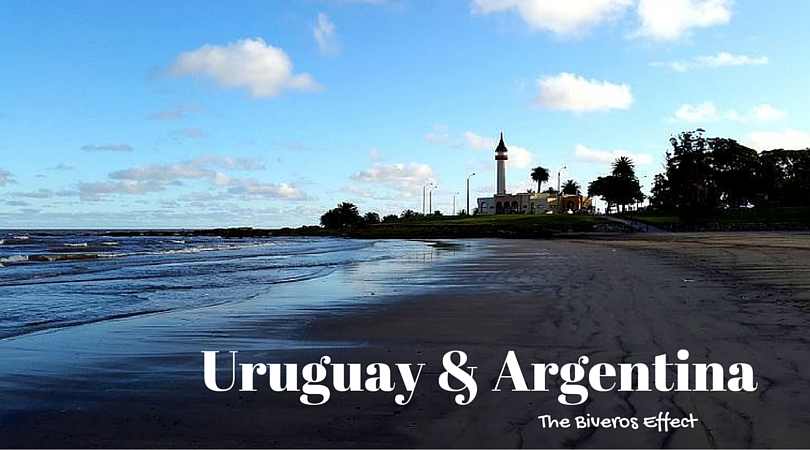

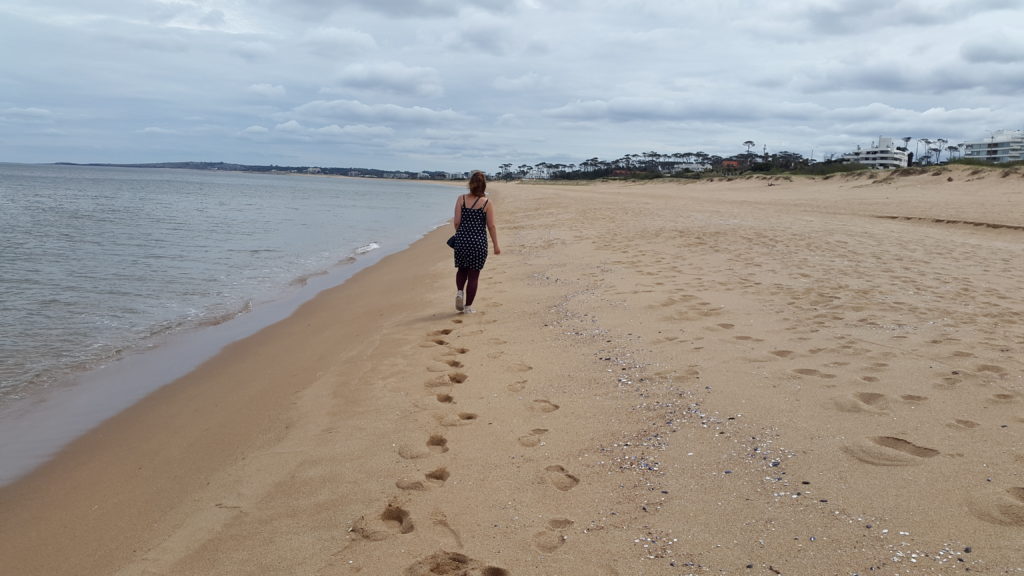
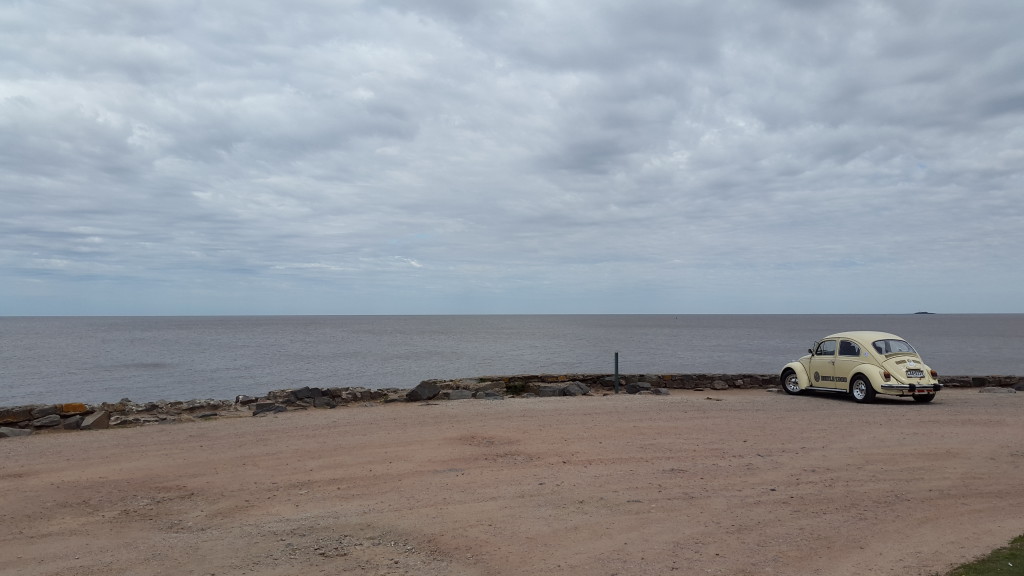
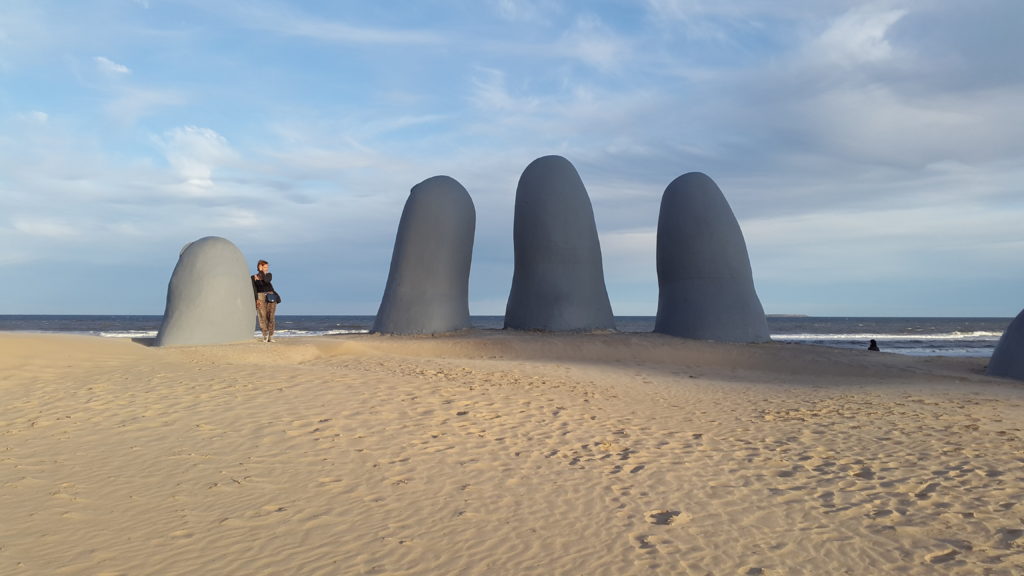
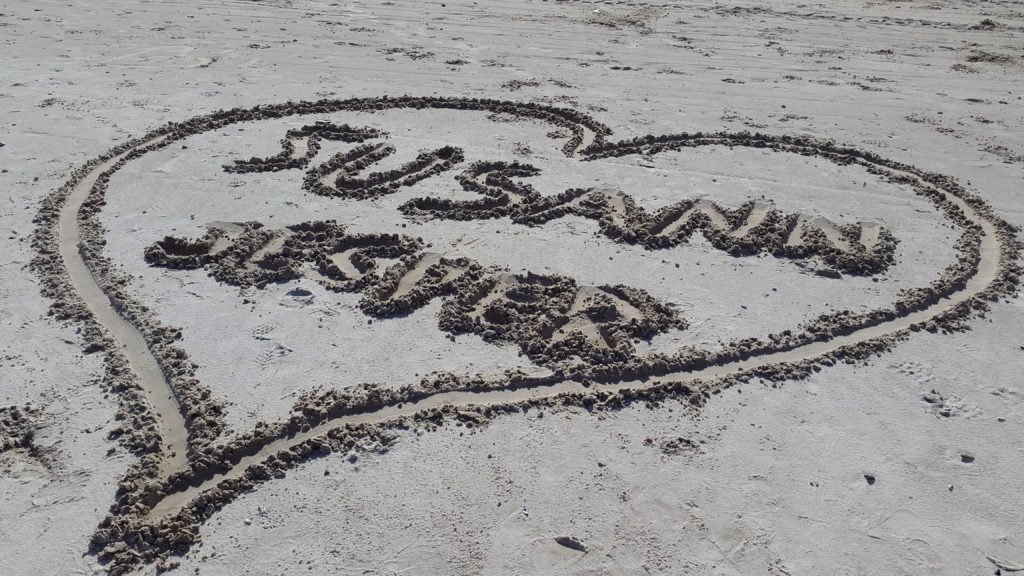






When I went to Argentina 5 or 6 years ago it was cheaper than most European cities. But appently the inflation the last few years has been extreme. I would love to go back anyways though! Thank you for an informative blog!
We spent almost a year combined in both, Argentina and Uruguay. You’ve been there much shorter but I can mostly agree with your assessments. One thing the new president of Argentina did almost straight away: he floated the Argentinean Peso – just before Christmas 2015. Now the rate is over ARS15.50 for 1 US$. This killed the exchange on the streets almost immediately! But for us it was only a hassle. Official money changers suddenly had long queues and you needed your passport (something we never carry on us, only a copy). Prices went up sharply, on occasion they doubled, like for imported goods, within a week.
If you want to learn more about Argentina and Uruguay, some out-of-the-way places in the countryside, visit our blog. We left Uruguay at the end of March 2016, so all posts are still fairly current…
Thank you Juergen for the update. We can of course not compete with your experience of the countries and it nice to hear your view. We visited the two countries in October 2015, so I guess the changes happened short after.
It is interesting to see how fast the procedure in a country can change. 🙂